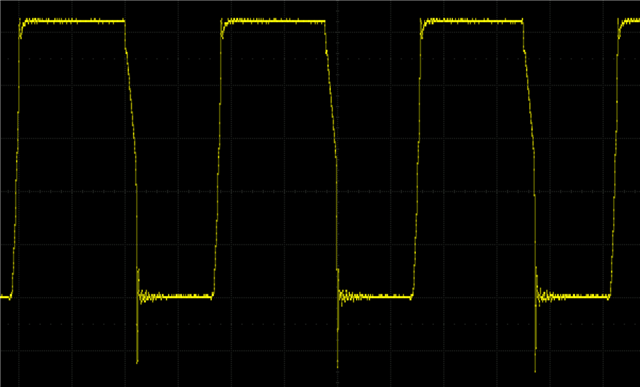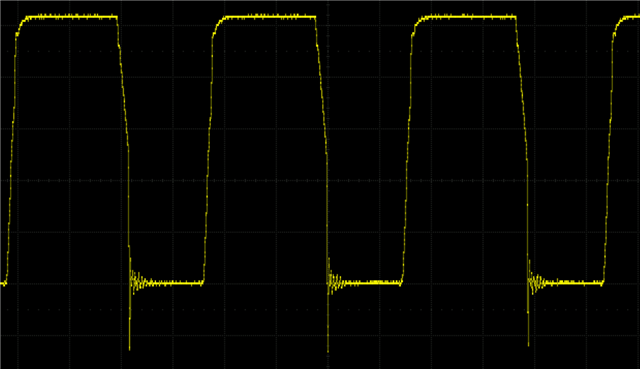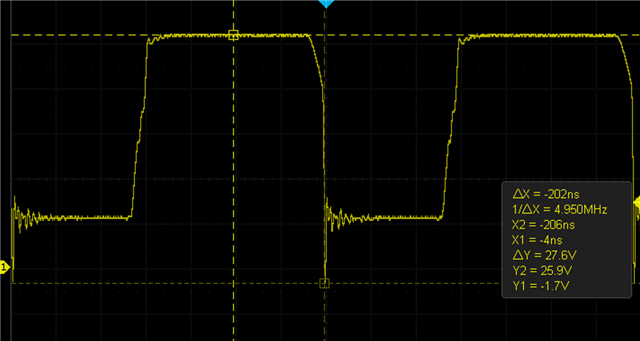It looks like the BP to BOOT diode easily gets damaged in my circuit. When the circuit fails, BOOT is no longer charging, but there is still ~6.5V on the BP pin. On a working TPS40305 I measure a 0.68V diode forward voltage from the BP pin to the BOOT pin. On a failing TPS40305 this changed to 0.18V. Does it sound likely that the BOOT diode is damaged?
Webench was used to design a circuit for 20V to 12V at 5A. The same circuit is used for a 15V input and a 20V input. I realize 20V is at the device limit, but I've also seen the TPS40305 BOOT fail when the input voltage is 15V.
I looked at SW node ringing. I tried a 2.2ohm resistor between the BOOT pin and the boost capacitor. There was some improvement in the ringing after the rising edge, but the ringing after the falling edge was still huge. See plots before and after adding this 2.2ohm resistor:


The level on the SW node is dipping below the absolute max rating of -5V. On the BOOT pin I measure levels below the absolute max rating of -0.3V:

Is this a likely cause of the damage? Or could there be other causes? What is the suggested next step to make the circuit reliable?
Thank you,


